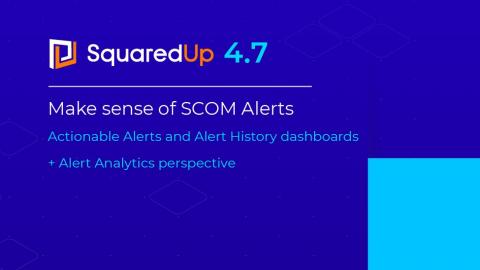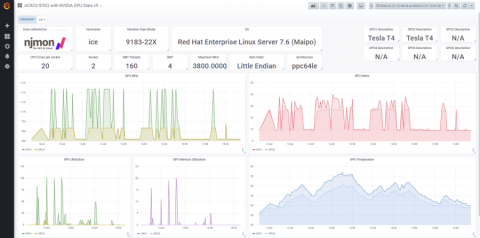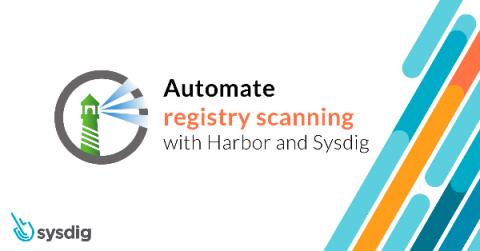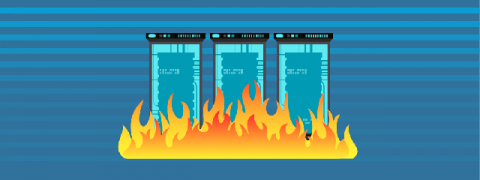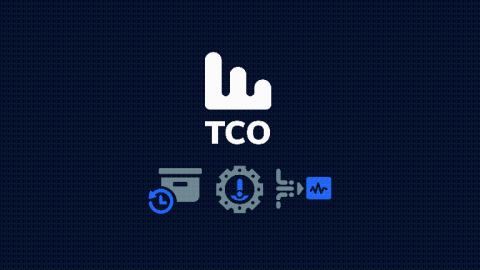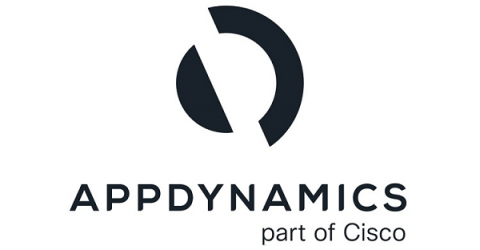Make sense of SCOM Alerts with SquaredUp 4.7
One of the most common complaints about SCOM is the noisiness of alerts from Management Packs. Getting on top of these alerts can be a huge challenge and often the thing that most gets in the way of an organization getting value out of SCOM. In SquaredUp for SCOM 4.7, our recent feature-packed update, we bring you three new alert-handling super-powers to help you get on top of alerts.


